TPW TV – Prescribed Fire
Monday, April 10th, 2017This is Passport to Texas
The Matador Wildlife Management Area offers vistas of colorful rolling plains and canyons. Texas Parks and Wildlife maintains the beauty and balance of this 28-thousand acre natural landscape with the regular use of an ancient tool.
Right now they are preparing to light a test fire. It gives us a pretty good indication of what the fire behavior is going to be like. And since it’s a test, if it doesn’t work out, we can put the fire out and go for it another day.
Chris Schenck is part of Texas Parks and Wildlife’s prescribed fire crew. A segment about prescribed fire airs next week on the Texas Parks and Wildlife TV series on PBS. Team member, Derreck Holdsctock, says fire is an important, natural process.
Whenever you don’t have fire brush encroaches. The more brush there is, the higher the fire danger is going to be during a dry year. So the more fire you put on the ground the less the effects of a wildfire will be and the more controllable it will be.
Prescribed fire has many jobs. It knocks back invasive plants, returns nutrients to the soil, and promotes native species, creating a balance of cover and forage for wildlife.
Every time we do a fire I feel like we’re taking a big chunk out of our management of that area. And then when you come back three months later and you have all this tall grass and you have all the wildflowers out there, it just kind of brings it all together and you realize what you’ve accomplished.
Catch the segment on Prescribed Fires this week on the Texas Parks and Wildlife TV series on PBS. Check your local listings.
The Wildlife Restoration Program supports our series.
For Texas Parks and Wildlife…I’m Cecilia Nasti.
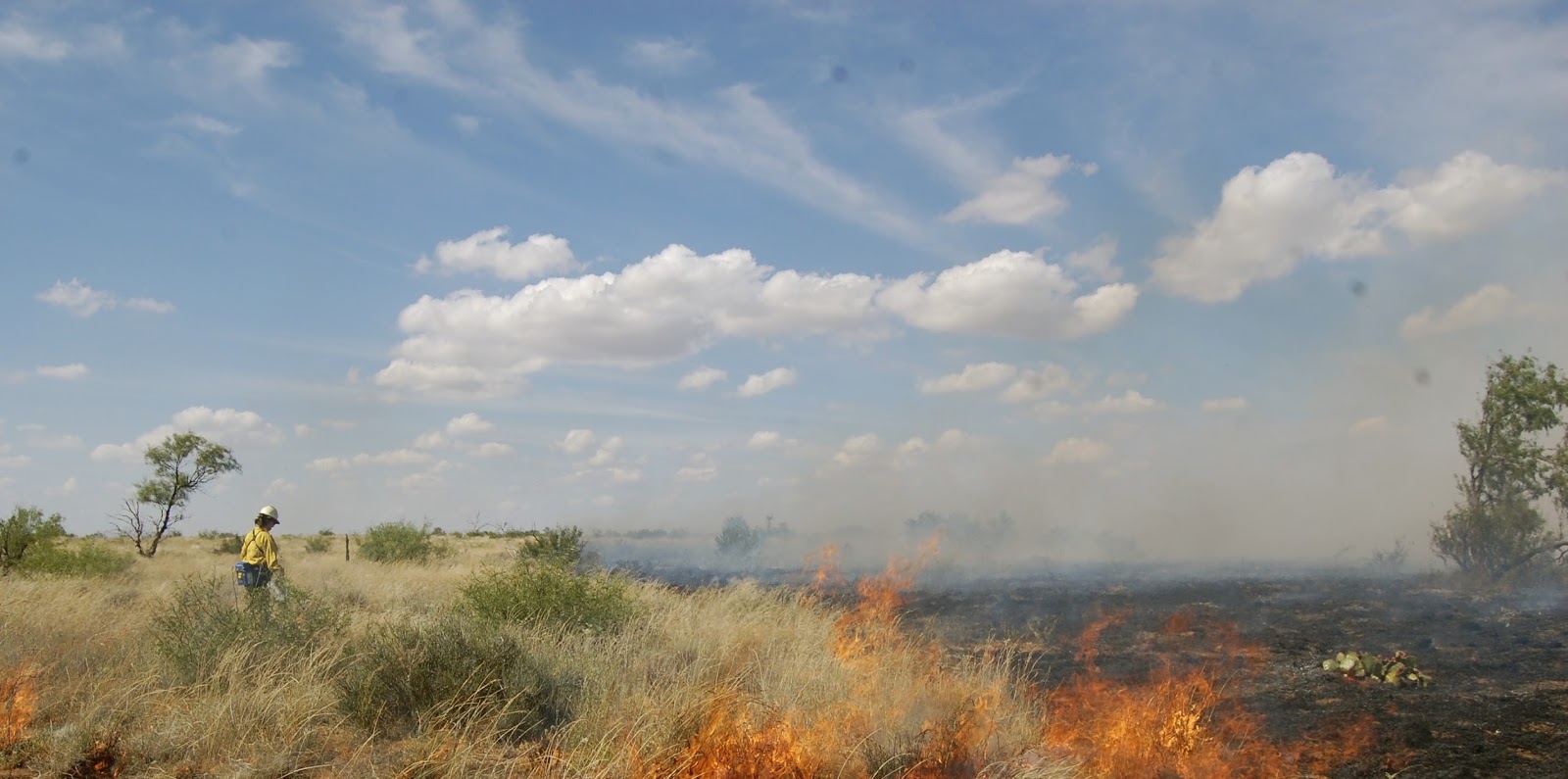

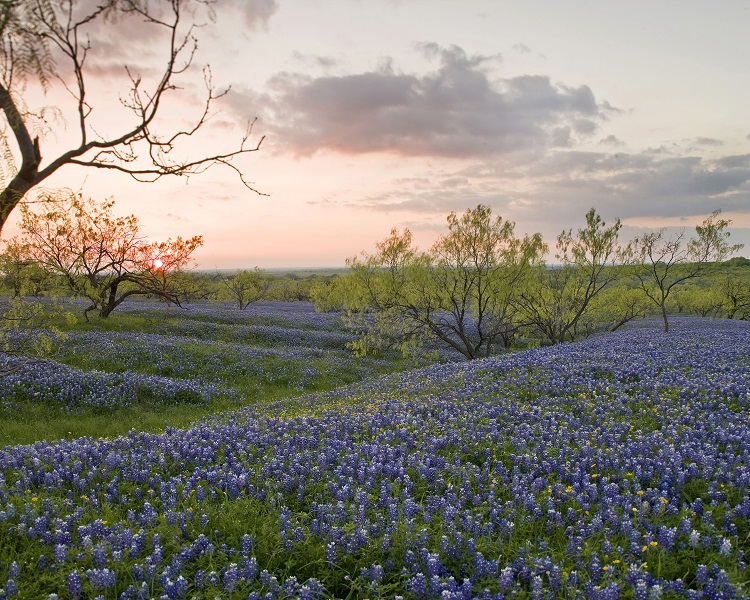
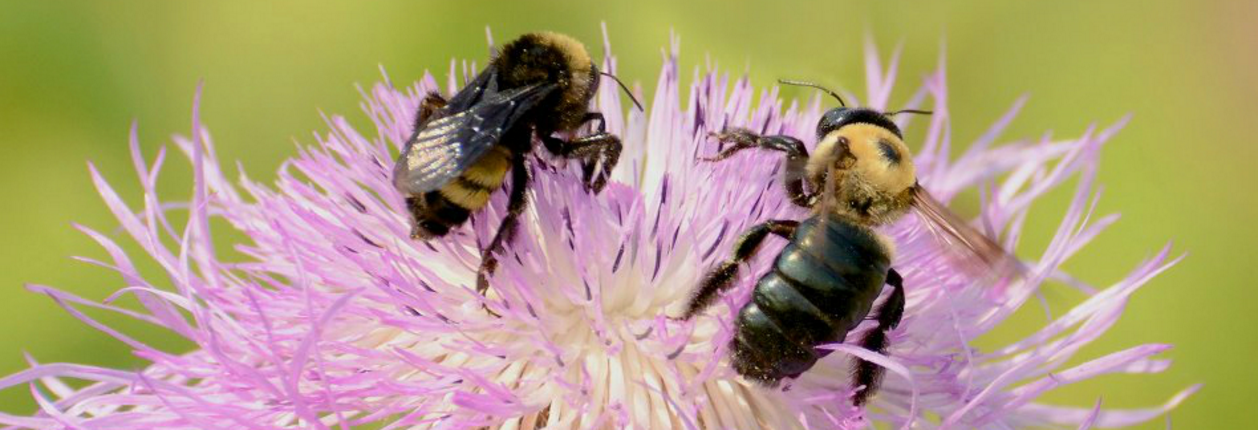
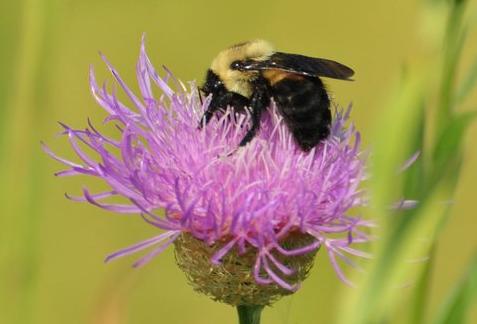
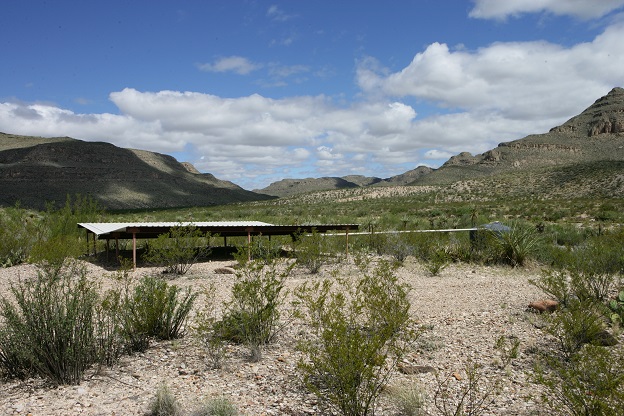

 Passport to Texas is a
Passport to Texas is a  Passport to Texas is made available by:
Passport to Texas is made available by: